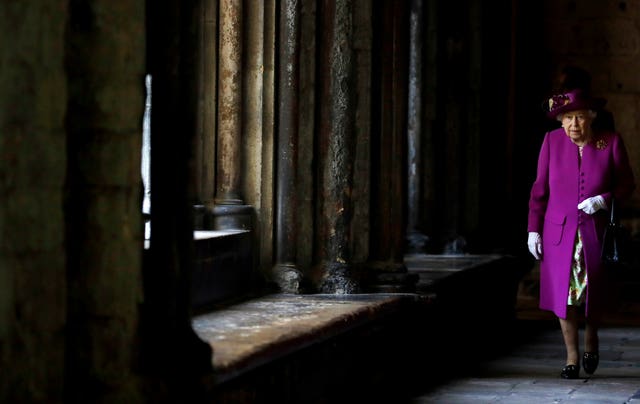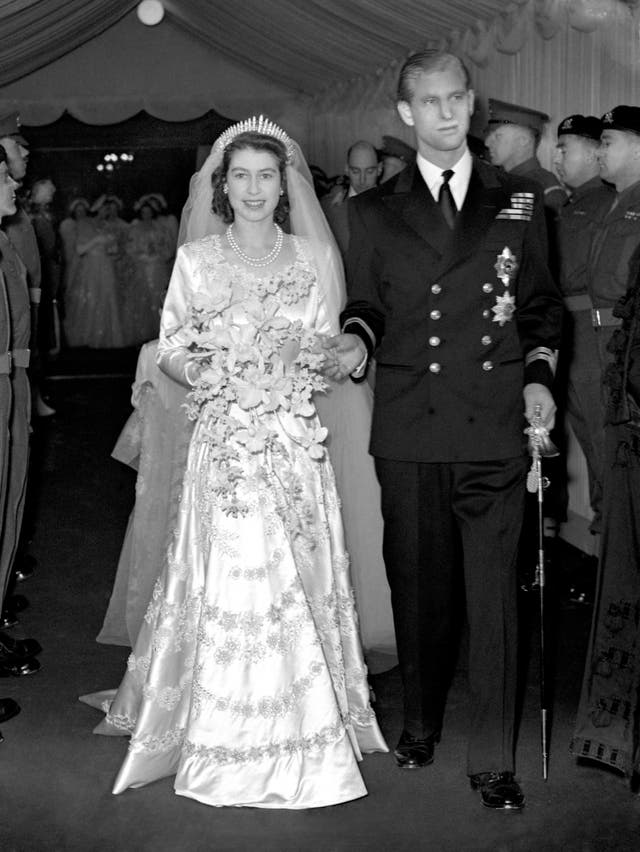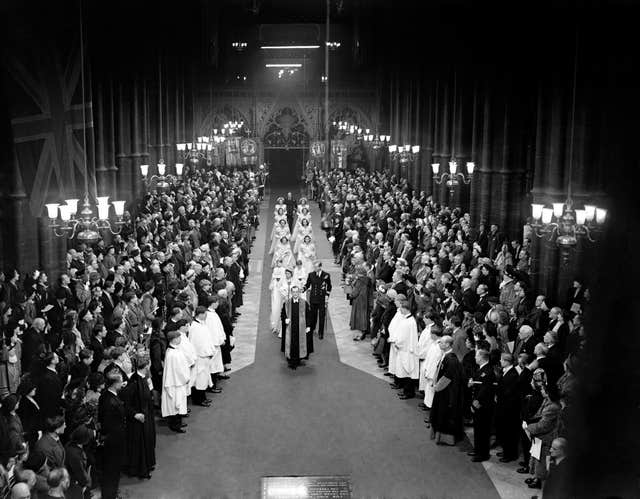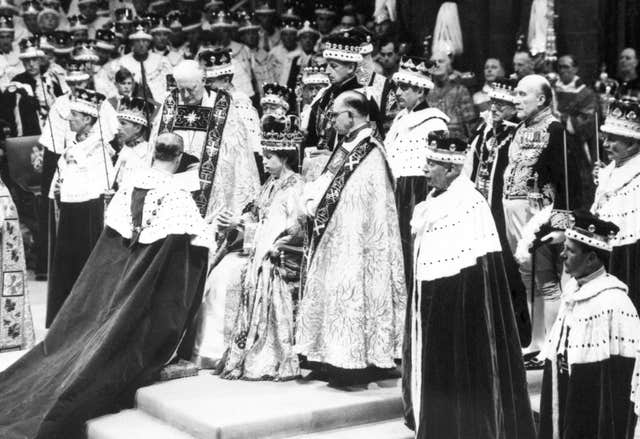Queen’s funeral venue is where she was married and crowned
Register for free to read more of the latest local news. It's easy and will only take a moment.
The Queen was married and crowned at Westminster Abbey.
Now the bells of the “House of Kings” – half muffled in mourning – will ring out at her funeral.
It will be the first time in over 260 years a sovereign’s funeral has taken place in the Abbey.
The last was George II’s in 1760.
For the Queen, the Abbey was where her most defining milestones took place, both in terms of her personal happiness and her public duty.
Princess Elizabeth was 21 when, on Thursday November 20 1947, she married her prince in the surrounds of the central London church.
It was a morale booster in tough post-war years and millions of people listened on the radio.
More than 2,000 guests gathered inside, waiting for the royal bride, whose Norman Hartnell wedding dress was hand-embroidered with more than 10,000 pearls and crystals.
Just five years after she married, the princess became Queen Elizabeth II on the death of her father, George VI.
Some 16 months later, on June 2 1953, she was crowned at the Abbey – the scene of coronations for some 900 years.
During the service, the Queen took the oath and was anointed, with the St Edward’s Crown placed on her head.
An estimated 27 million people in Britain watched the ceremony on TV after the Queen agreed it could be televised.
The Abbey was also the site of romantic royal celebrations for the Queen.
She saw her daughter, Princess Anne, marry Captain Mark Phillips in the church in 1973, and her second son, the Duke of York, wed Sarah Ferguson in 1986.
In 2011, her grandson, the Duke of Cambridge, now the Prince of Wales, exchanged vows with Kate Middleton as millions watched across the globe.
Many times, the Queen went to the Abbey with her family to attend thanksgivings or commemorative events such as a service to mark the 60th anniversary of the Duke of Edinburgh’s Award scheme in 2016.
The church was also a reminder of the loss of her mother, Queen Elizabeth the Queen Mother, and former daughter-in-law, Diana, Princess of Wales.
The Queen Mother’s funeral was held at the Abbey in 2002, five years after Diana’s.
The Gothic church – whose official title is the Collegiate Church of St Peter, Westminster – has been the coronation church since 1066.
The Queen’s was the 38th.
It is also the final resting place of 17 monarchs, including Charles II and Elizabeth I.
Steeped in over 1,000 years of history, Benedictine monks first went to the site in the middle of the 10th century.
The present church, started by Henry III in 1245, is one of the most important Gothic buildings in the country, with the medieval shrine of Anglo-Saxon saint Edward the Confessor still at its heart.
Elizabeth II maintained a close connection with the Abbey, which is a Royal Peculiar and subject only to the sovereign and not any archbishop or bishop.








